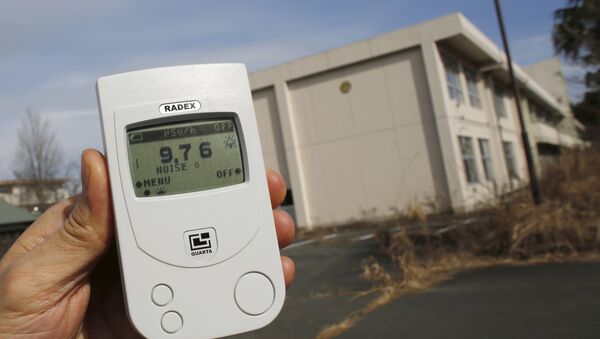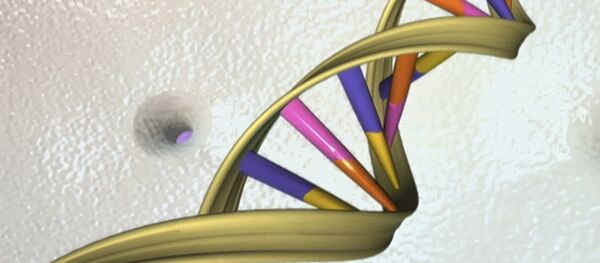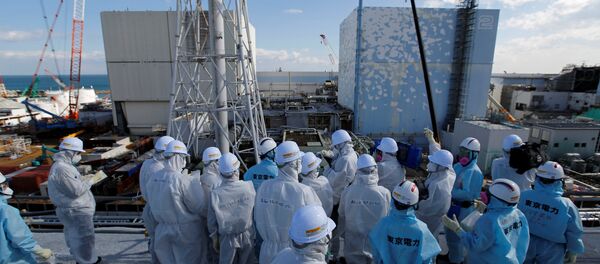“Two years ago, the world was shocked to learn that a drone had dropped radioactive sand on the residence of the Japanese Prime Minister. Such dirty bombs are impossible to detect in advance using modern radiation detectors because they do not work far away from the source of radiation,” said EunMi Choi, a researcher at Ulsan National Institute of Science and Technology.
Conventional radiation detectors, such as Geiger-Muller counters and ion chamber detectors, are able to detect radiation when close to the source but when they're further away, or the level is decreased, their results are limited, making detection of the so-called “dirty bombs” highly problematic.
Even a single electron getting into this plasma cloud produces an electric discharge with the resultant formation of secondary waves.
Free electrons are always present in the air but they are very few and far between.
The researchers determined that by focusing the beam of electromagnetic radiation on a relatively narrow area they could ensure an electron’s almost 100-percent entry into the plasma cloud due to the close proximity of radioactive materials.
EunMi Choi and her team tested this idea by firing a high-powered generator of microwave radiation, known as a gyrotron, into an antenna, which reflects the waves towards a source.
If there is radioactive material present, this creates plasma that is broken down by the radiation, producing detectable free electrons.
Choi and her colleagues believe that the use of antennas with a diameter of 1.2 meters (3.2 ft.) this technique could eventually make it possible to spot the same amount of fissile material at distances of 1 kilometer (0.6 miles).
This could prove useful when dealing with “dirty bombs” and would also help eliminate the consequences of accidents and leaks at nuclear power stations.
Never miss a story again — sign up to our Telegram channel and we'll keep you up to speed!






